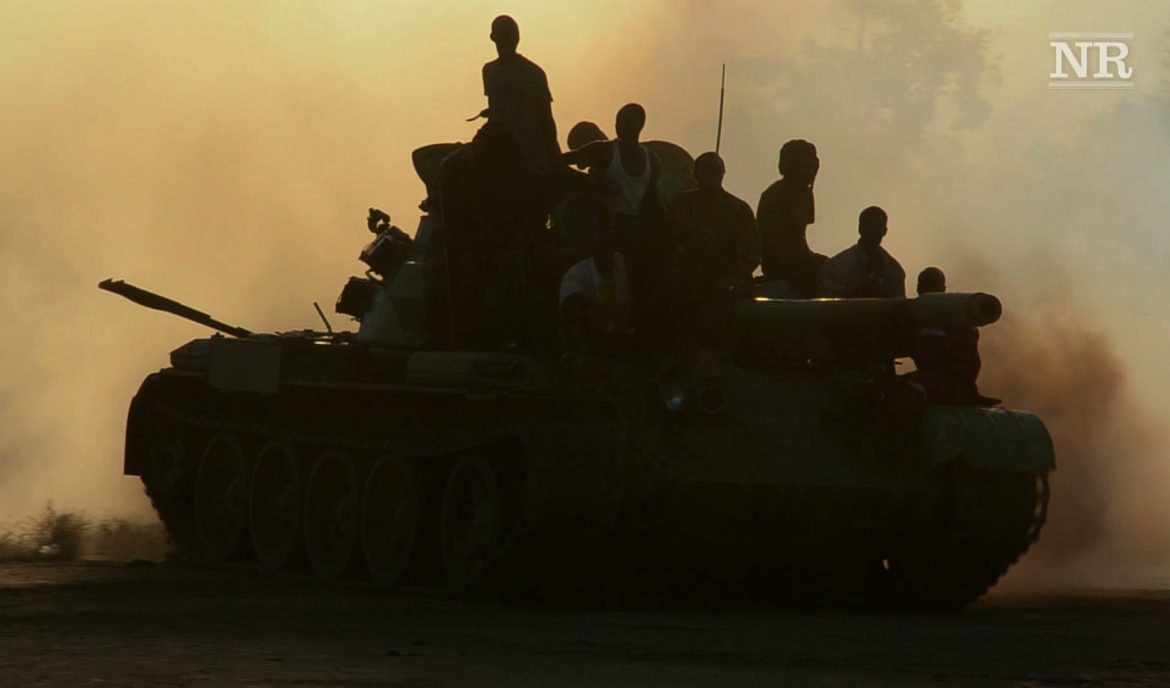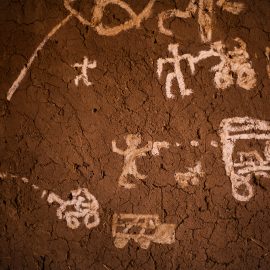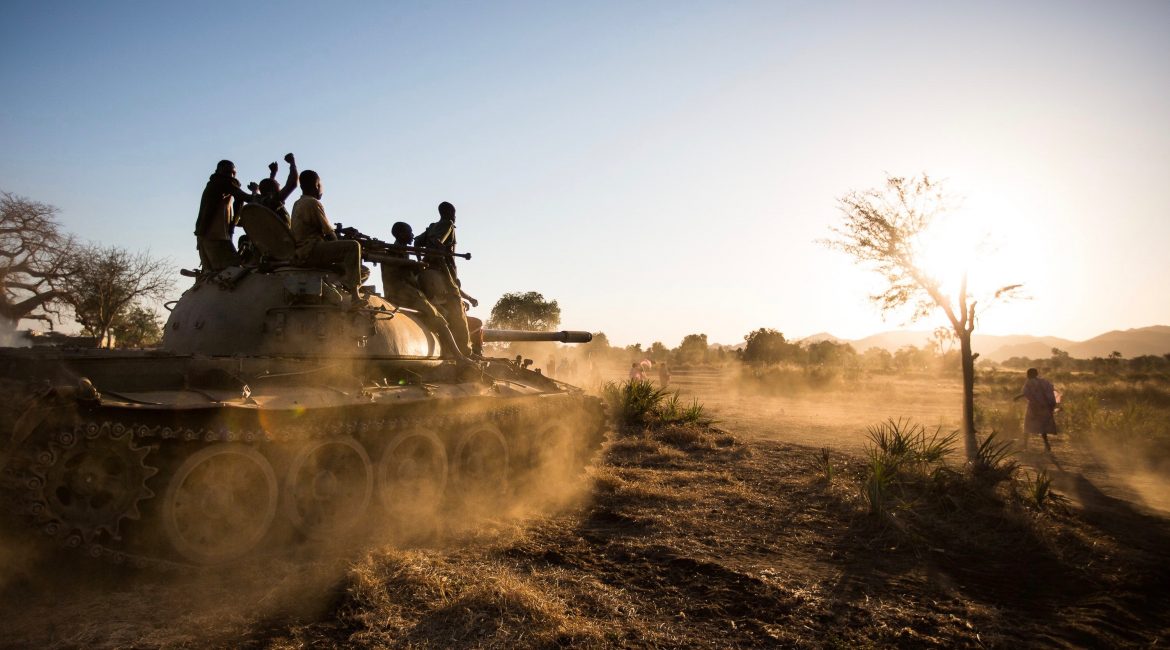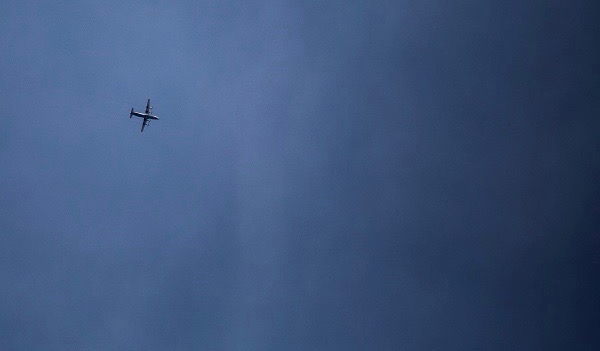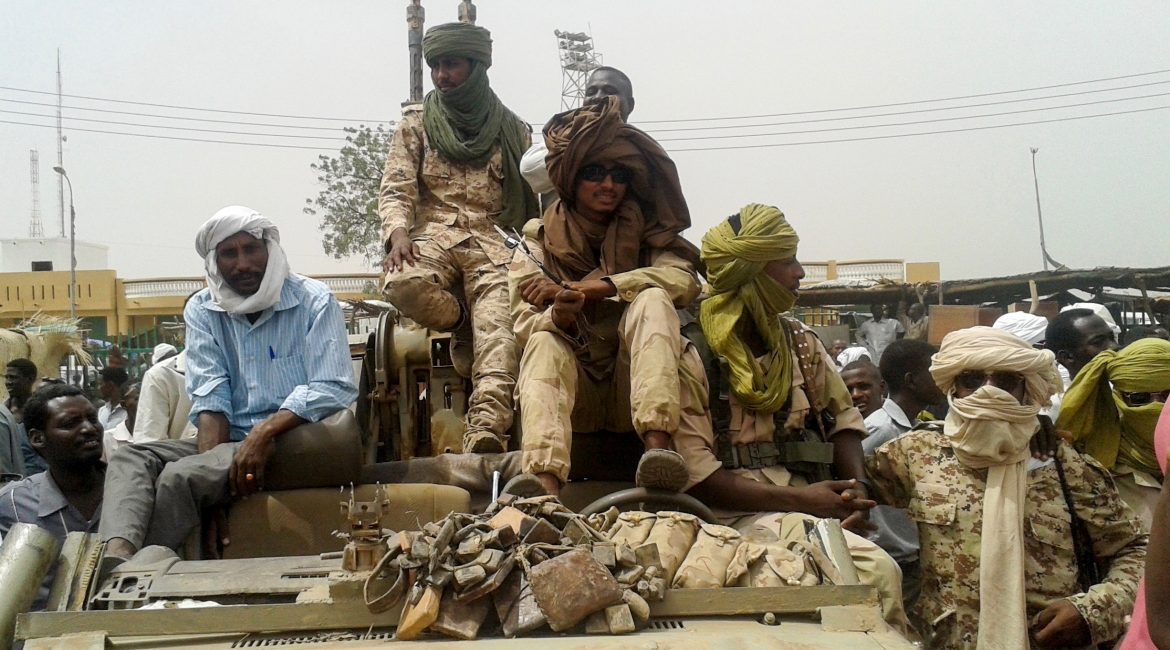On December 10th, the rebel Sudan People’s Liberation Army – North (SPLM-N) engaged the Sudanese Armed Forces – SAF – in a battle for Daldoka, around 16 kilometers outside Kadugli.
The three-day battle was the third major clash within reach of the South Kordofan capital since October. Nuba Reports has obtained footage from reporters on the ground, as well as interviews with SPLA-N soldiers and Sudanese prisoners of war detailing the fight.
THE BATTLE
Sudanese forces launched the offensive to take Daldoka following several months of SPLA-N shelling into Kadugli. While unable to take control of any major cities in South Kordorfan – including the state’s second city, Talodi – the rebel army has established three fronts within reach of the capital in the past year. In early October the SPLA-N began shelling Kadugli from Daldoka. The shelling marked the rebel army’s first major attack directly against the government stronghold since the beginning of the war in June 2011.
On December 10th, two months into the shelling campaign, two columns of Sudanese soldiers advanced on SPLA-N positions in Daldoka. According to SPLA-N Brigadier General Dawood Isaiah, the force consisted of 2,226 soldiers arranged in two columns backed by 9 tanks and several artillery units.
The fight began around 11am that morning. Just outside of Daldoka, SPLA-N forces waited for the Sudanese government forces with 4 rebel tanks. Hussein Lahamar is a 1st Lieutenant in the SPLA-N Tank Unit. According to Lahamer, the rebel force struck first, but the size of the SAF offensive surprised them. “They out-gunned us,” Lahamer said. “We went back and regrouped. When we counter-attacked, they had already entered the area (Daldoka).”
SPLA-N gathered a force of around 1,500 soldiers to support their 4 tanks and re-engaged the SAF force. After nearly three hours of intense fighting, the rebels forced the Sudanese government troops to retreat and abandon several tanks. “We pressured them and some of the soldiers started jumping out of their tanks to escape; we killed some while they were in their tanks,” said Lahamer.
Lahamer was injured during the second day of the battle, on December 12. SAF launched a brief counter attack while SPLA-N soldiers worked to recover the tanks abandoned by the Sudanese government forces. According to Lahamer, the rebels were able to turn some of the newly captured tanks on the SAF troops to force a second retreat. While directing one of his tanks in the battle, he was shot in the leg. “Although I was hit, I carried on, and told our tank about the (SAF) tanks on the other side,” he said.
By the end of the day, scores of soldiers lay dead in the area. According to SPLA-N Commander Dawood Isaiah, 89 SAF soldiers were killed over the course of the battle, while only 3 SPLA-N soldiers were killed and 17 injured. There was no way to independently verify these figures, though Nuba Reports journalists counted at least 30 dead in the days after the battle. “The ground was all red,” said Lahamer, “there was no way to count how many died.
CAPTURED WEAPONRY
During the battle, the SPLA-N captured 5 Sudanese tanks and destroyed one. The rebel force also captured two Armored Personnel Carriers, four Land Cruisers, a 120mm mortar and assorted small arms. After the battle, SPLA-N soldiers in Daldoka could be seen organizing thousands of rounds of ammunition captured during the battle.
During retreat, the Sudanese Forces also left behind two weapons which SPLA-N leadership was unable to identify. The Sudan Small Arms Survey has since identified the weapons as Chinese-made variants of the “Red Arrow-8” guided anti-tank missile. The missile can be used to penetrate armored vehicles and effectively stop tanks in their tracks.
“This is the first time the Small Arms Survey has documented an anti-tank guided weapon in Sudan,” reads the report. The SPLA-N, however, did not recover the separate guidance unit needed to fire the anti-tank missiles, rendering them useless, according to Small Arms Survey. The group says the guided missiles are some of the most advanced military technology seen on the battlefields of South Kordofan to date.
PRISONERS
The SPLA-N also captured 3 prisoners of war during the battle, which Nuba Reports were allowed to interview.
According to General Dawood Isaiah, two of the prisoners were younger than 18 years old, while the third was “more than 70” years old. The prisoners are part of the Popular Defense Force, a volunteer segment of the Sudanese army made up of recruits from around Sudan. PDF soldiers, while provided training, are usually less experienced then Sudan’s regular professional forces. PDF troops are frequently employed in conjunction with SAF forces to battle rebel groups in South Kordofan and Blue Nile states.
While the prisoners appeared to be in good condition, Nuba Reports could not independently verify whether they were able to speak freely or were under coercion from their captors. Due to this uncertainty, the interviews have not been published here. SPLA-N officials said the prisoners would be returned to the Sudanese Armed Forces but did not specify when or how the return would take place. Nuba Reports has not received any indication the prisoners have yet been returned.

